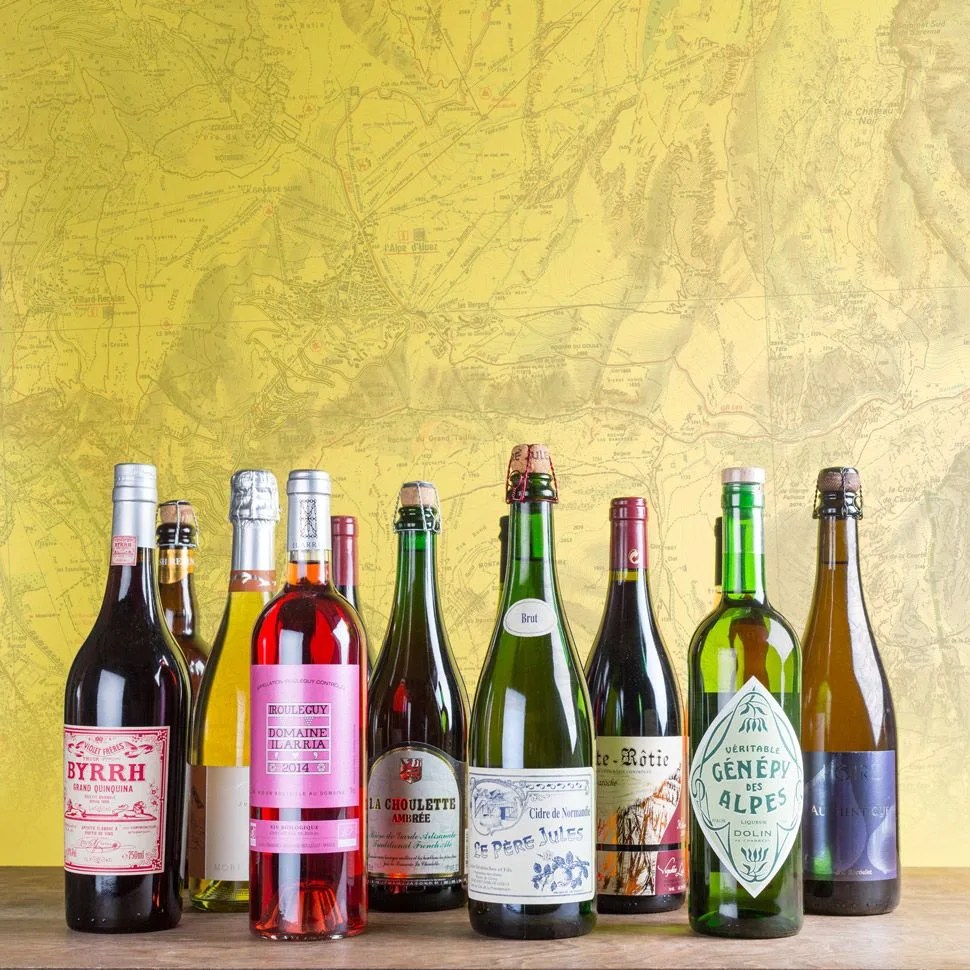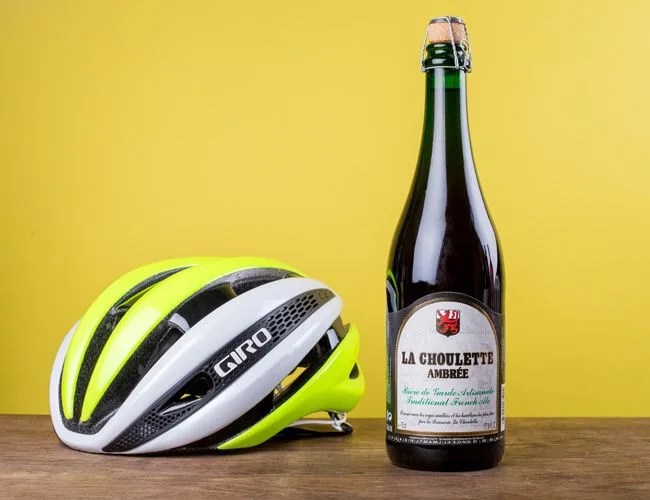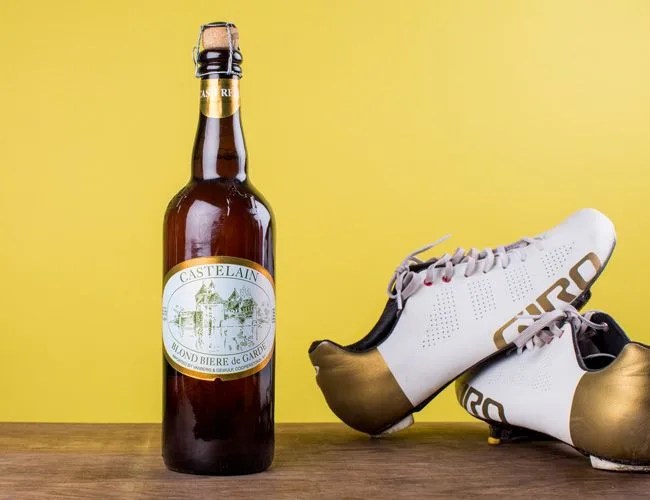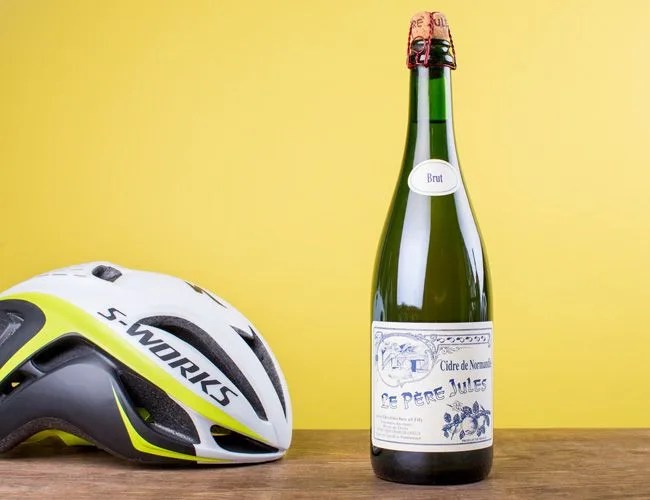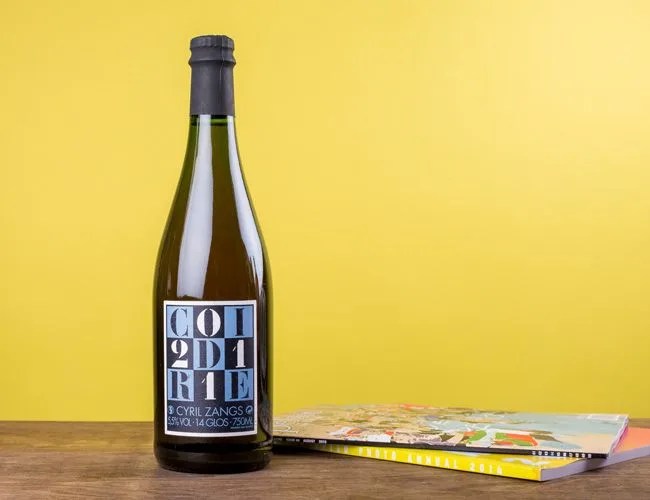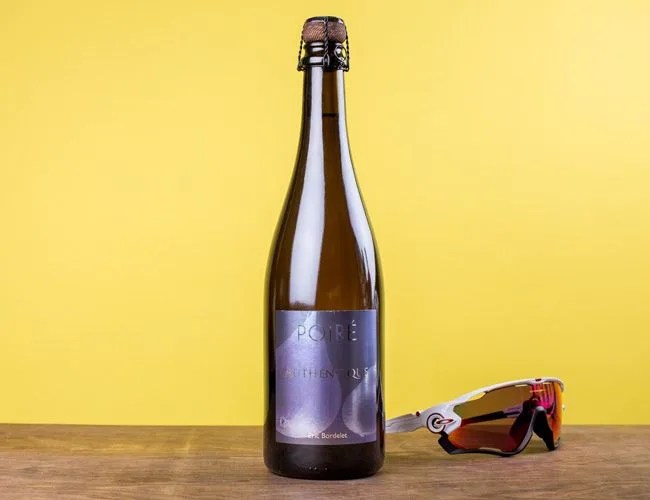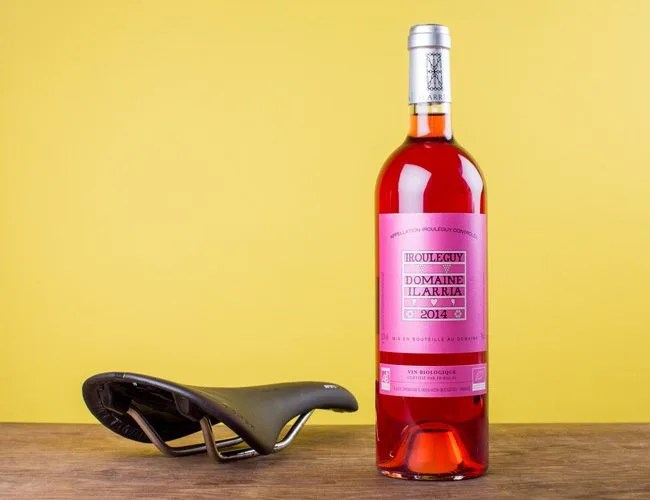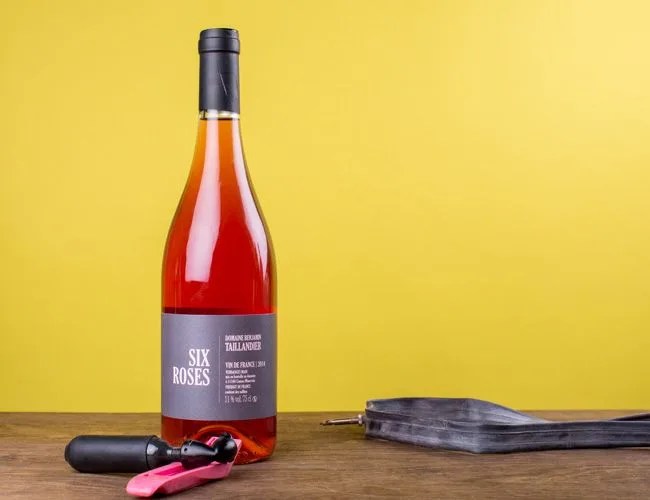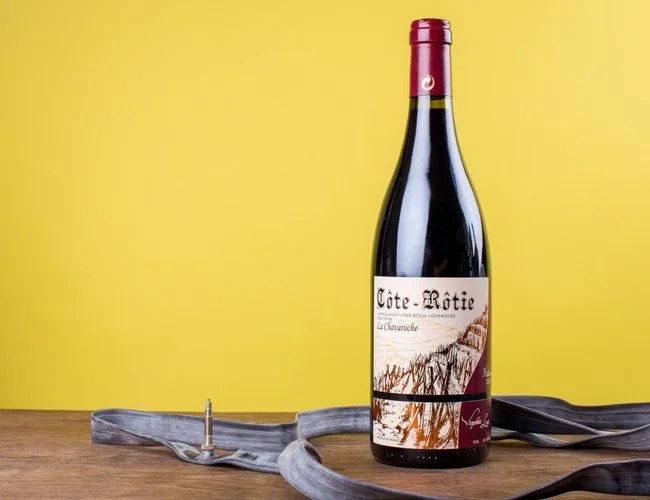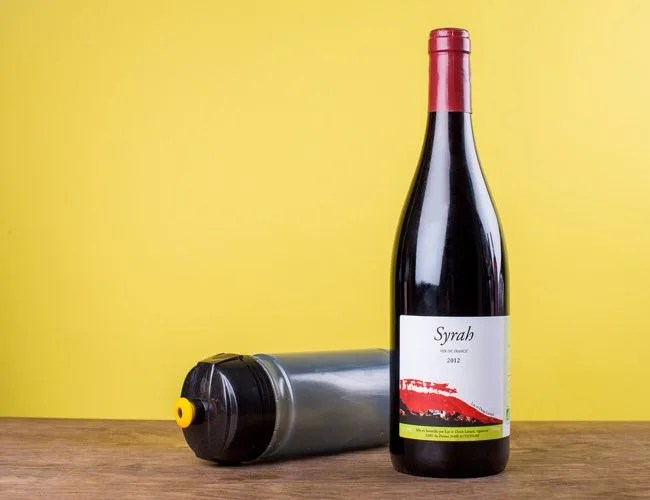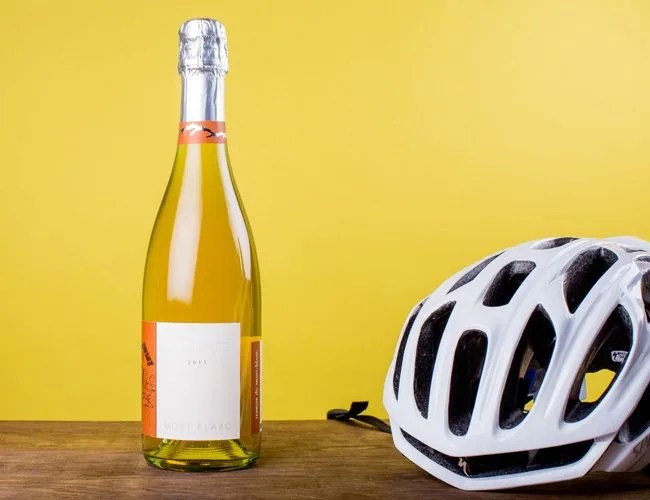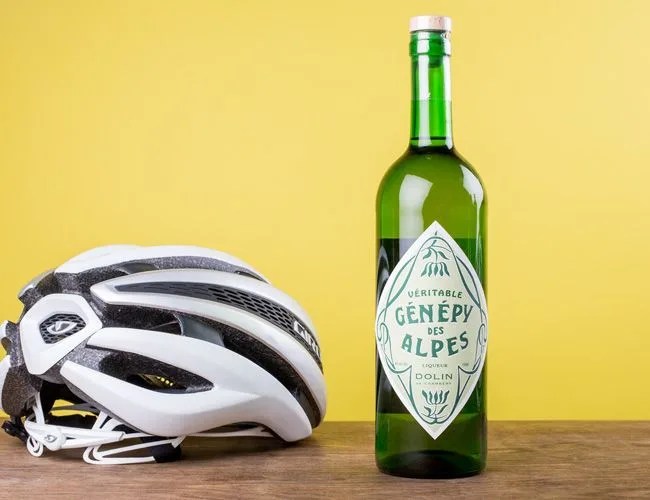If we’re examining the route of the Tour de France with an eye toward wine, last year’s race was a greatest hits of sorts: the peloton made its way through Champagne, Bordeaux and the Rhône Valley, and France’s AOC boards laughed all the way to the cellars. Not so in 2015; this year, it seems the underdogs will be getting their due. The first leg of the race took us through the Northern hinterlands of Brittany and Normandy, where the chilly climate has lent its influence to the favor of cider and beer production for hundreds of years. When the route does turn south, it’s first to the rugged wilds of Southwest France in the foothills of the Pyrenees — through the overlooked regions of Jurançon, Gaillac and Irouleguy — before it heads east through the Massif Central and into the gauntlet provided by the cliffs of the Ardèche, Savoie, and Haut-Alps.
While it’s true that most of us are likely unfamiliar with these far-flung sub-appellations and rustic terroir, following this year’s route from your glass is perhaps a more authentic experience of French culture and history than the years past, when the regions represented were the usual suspects. This year, you might have to work a little harder to find some of the bottles we’ve paired with the route, but when it comes to the winner of the Tour, the best things never come easy.
Thanks to Chamber Street Wines, Union Square Wines and Zev Rovine Selections for lending GP some of the bottles featured in this story.
The North
Beer and Cider
